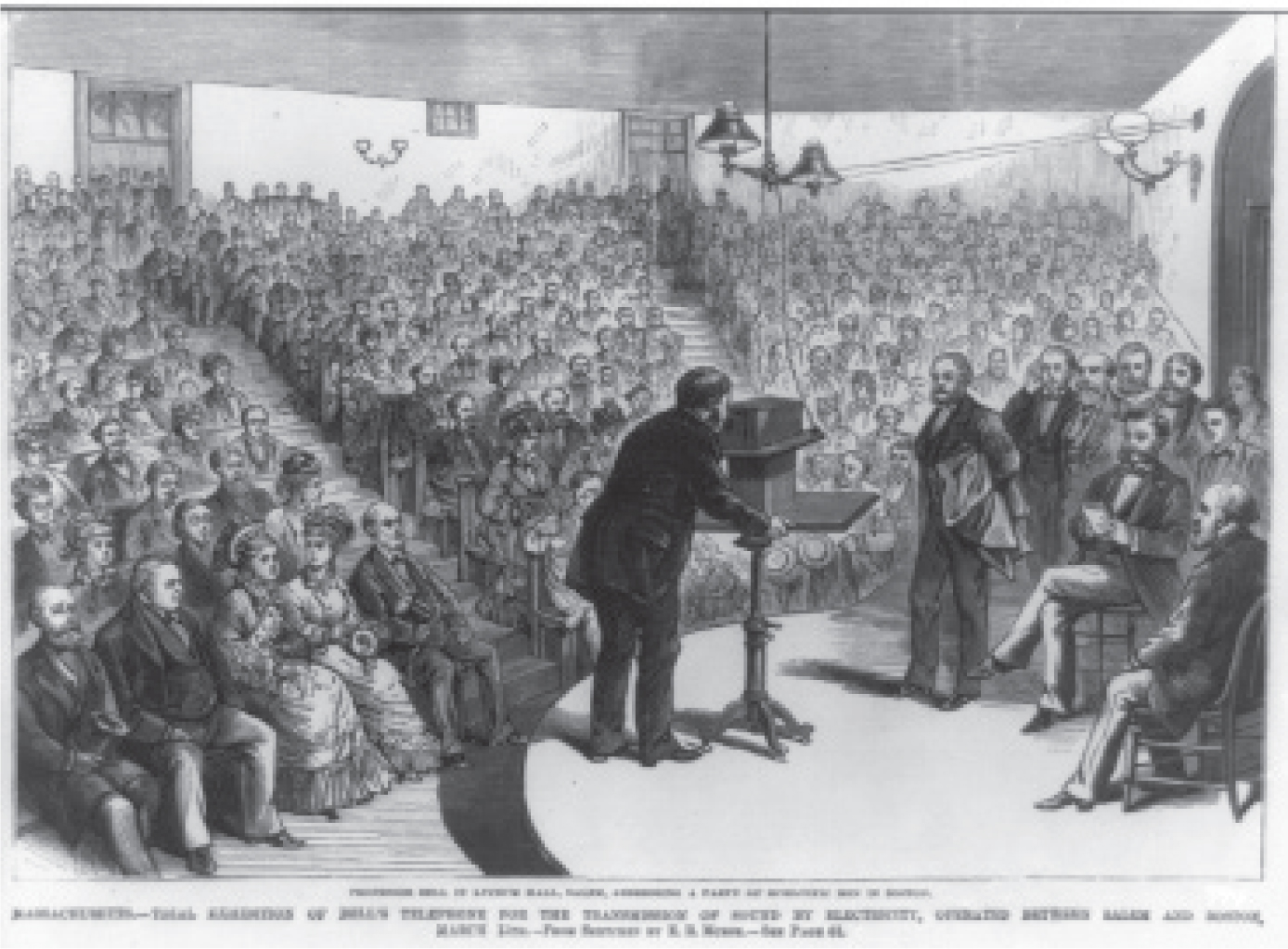Right to the Source
Science for All—19th Century "Edutainment"
By Michael Apfeldorf
In 19th-century America, one popular way people obtained new scientific information was through traveling lectures and science demonstrations, sometimes held in large halls called “lyceums.” Before the advent of radio and television, these were large public events designed to both educate and entertain. Often, such scientific demonstrations were great spectacles—as much or more about marketing and entertainment as they were about education.
How do you learn about new scientific discoveries? In America, during the 19th century, one popular way people obtained new scientific information was through traveling lectures and science demonstrations, sometimes held in large halls called “lyceums.” Before the advent of radio and television, these were large public events designed to both educate and entertain. Often, such scientific demonstrations were great spectacles—as much or more about marketing and entertainment as they were about education.
The featured newspaper illustration, “Professor Bell in Lyceum Hall, Salem, addressing a party of scientific men in Boston,” shows a trial exhibition of Alexander Graham Bell’s recently invented telephone, with Professor Bell in Salem and his partner Watson in Boston. (Available online at www.loc.gov/item/2014645960/.) Bell first publically exhibited a long distance telephone call in Lyceum Hall, Salem, on February 12, 1877 (though interestingly, the caption to this picture provides a date of March 15).
Contemporary press accounts such as this one from the March 1, 1877, Eaton Democrat illustrate the degree to which showmanship played a part in the proceedings: “At one time Watson brought an organ into use, and ‘Should Auld Acquaintance’ and ‘Yankee Doodle’ were heard and heartily applauded in Lyceum Hall. Then a speech was called for, and the Salem people heard Mr. Watson say he was glad of the privilege of addressing them, although he was eighteen miles away.”
Invite your students to analyze both this illustration and related newspaper articles, making observations and reflecting on any insights that might be gained regarding communication and dissemination of scientific information to the public at different points in history. Their analysis might also serve as a springboard to reflect on how scientific information is disseminated, spread and understood today.



